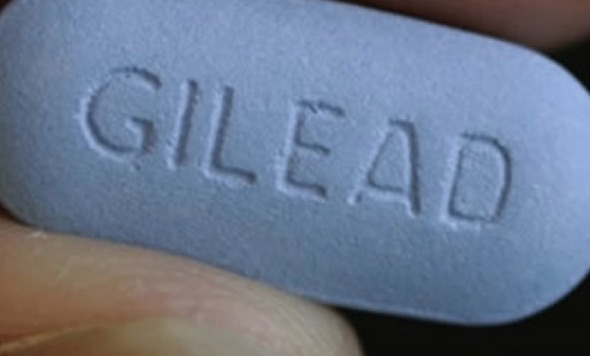Dallas became the latest U.S. city to join the global Fast-Track Cities initiative guided by an international mission: ending AIDS as a public health threat by 2030, according to the Dallas News.
Launched in 2014, the initiative encourages cities to adopt plans to reach the 90-90-90 targets set by the Joint United Nations Programme on HIV/AIDS (UNAIDS). Those targets include:
- Getting 90% of people living with HIV to know their status
- Getting 90% of people diagnosed with HIV in care and on meds
- Getting 90% of people diagnosed with HIV and on meds to achieve an undetectable viral load.
As of October 2018, about 250 cities across the globe have joined the effort, including nearly 30 in the United States.
Despite advances in HIV treatment and prevention, and declining rates overall in the United States, the rates in Dallas remain stubbornly consistent, with about 17,000 people living with HIV in Dallas County, according to related Dallas News editorial that supports the initiative.
A health official tells the newspaper that Black gay men account for 30% of new HIV cases in Dallas, Black women account for 10%, gay Latino men account for 25% and white gay men for 16%.
To help reach the 90-90-90 goals, AIDS-related agencies in Dallas expect to receive part of the $291 million in federal funding available as part of the Trump national initiative, Ending the HIV Epidemic: A Plan for America. What’s more, the U.S. Department of Housing and Urban Development awarded Dallas $750,000 to help with housing programs for people living with HIV.
Stigma and lack of information have been barriers to testing, prevention and treatment. There are also other barriers when it comes to HIV funding such as President Trump slashing programs.
You can learn more about the Fast-Track Cities initiative here and read an executive summary here. You can also listen to a podcast series that tells the unique stories of different cities and their battle against HIV. They’re available in many formats; for more information, click here. The episode below relates how cities came together to launch the initiative.

Leave a Reply